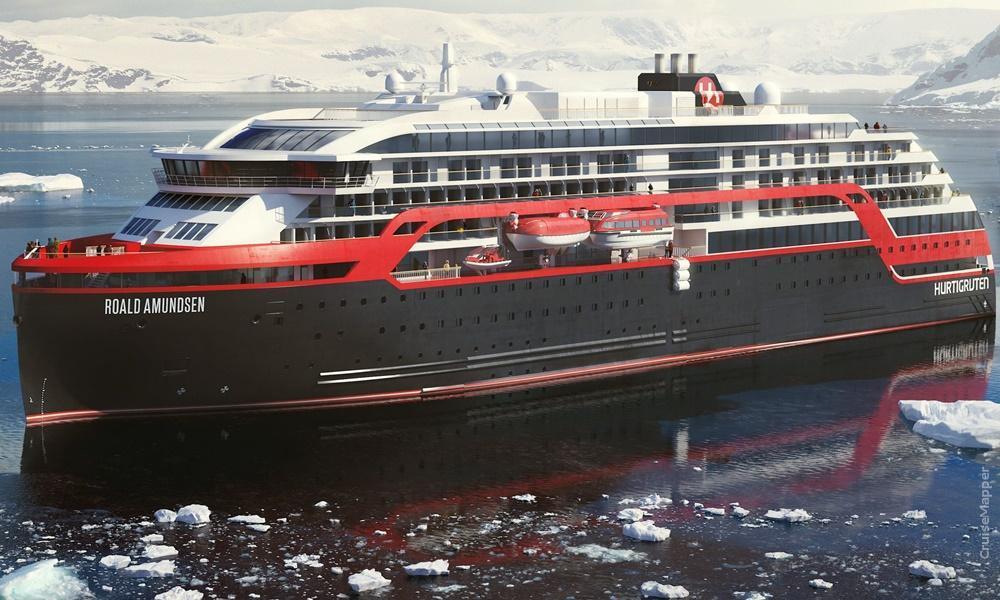The most high-profile cruise ship operator in the Nordic region is refitting its vessels to make them less polluting. Norway’s Hurtigruten also plans to use byproduct of rotten fish in order to help power the new, leaner engines.
The cruise line, best known for the ships which ferry tourists along the fjords and coastline of the country, as well as up into the Arctic, is now investing 7 billion crowns (US$826 million) over 3 years to adapt its fleet.
Six of the older ships will be retrofitted to run on a combination of LNG (liquefied natural gas), electric batteries and LBG (liquefied bio gas).

According to Hurtigruten CEO Daniel Skjeldam, they were talking about an energy source from organic waste (LBG), which would otherwise have gone in the air. It is waste material from dead fish, agriculture and forestry.
Skjeldam addet their main aim was to improve and cut emissions.
Hurtigruten, also the biggest expedition cruise operator in the world to destinations including Svalbard, Greenland and Antarctica, is also ordering 3 new vessels that will run on electricity, with diesel engines only as back-up.